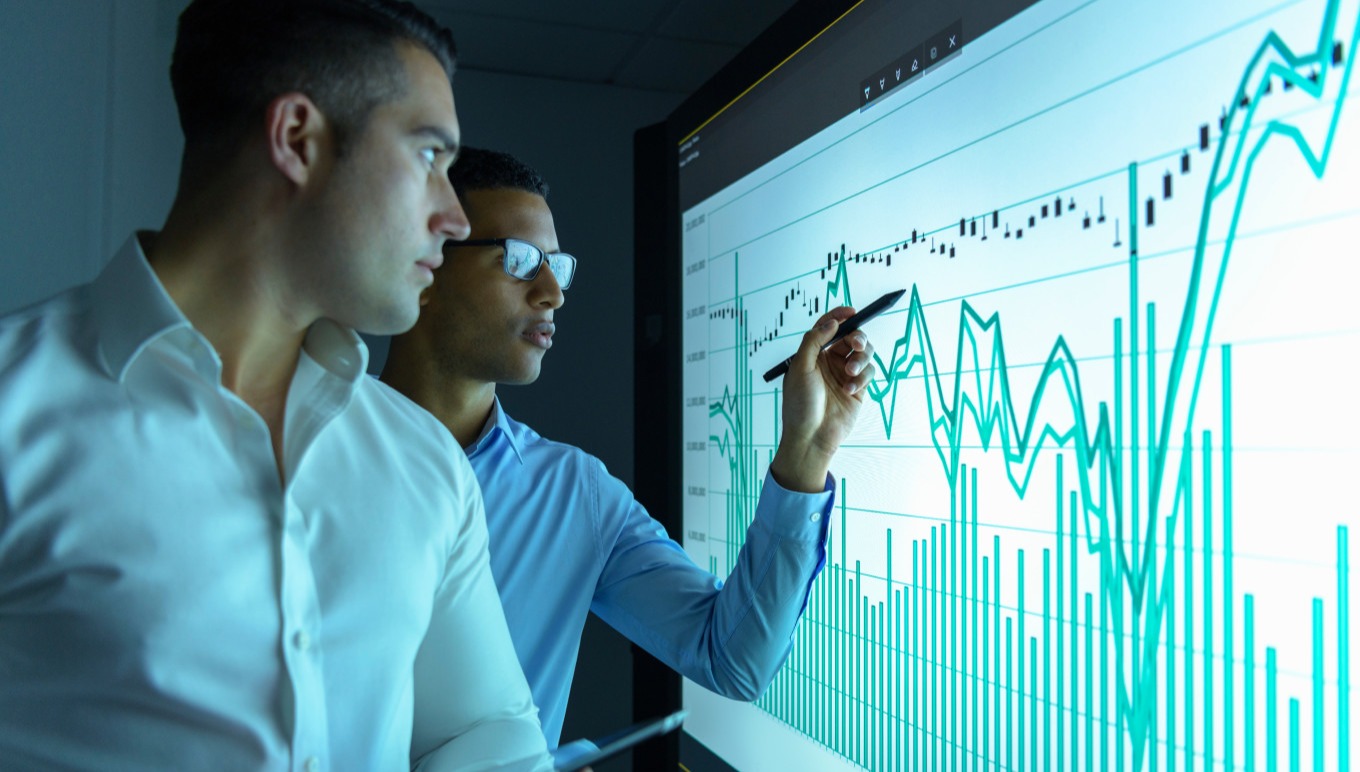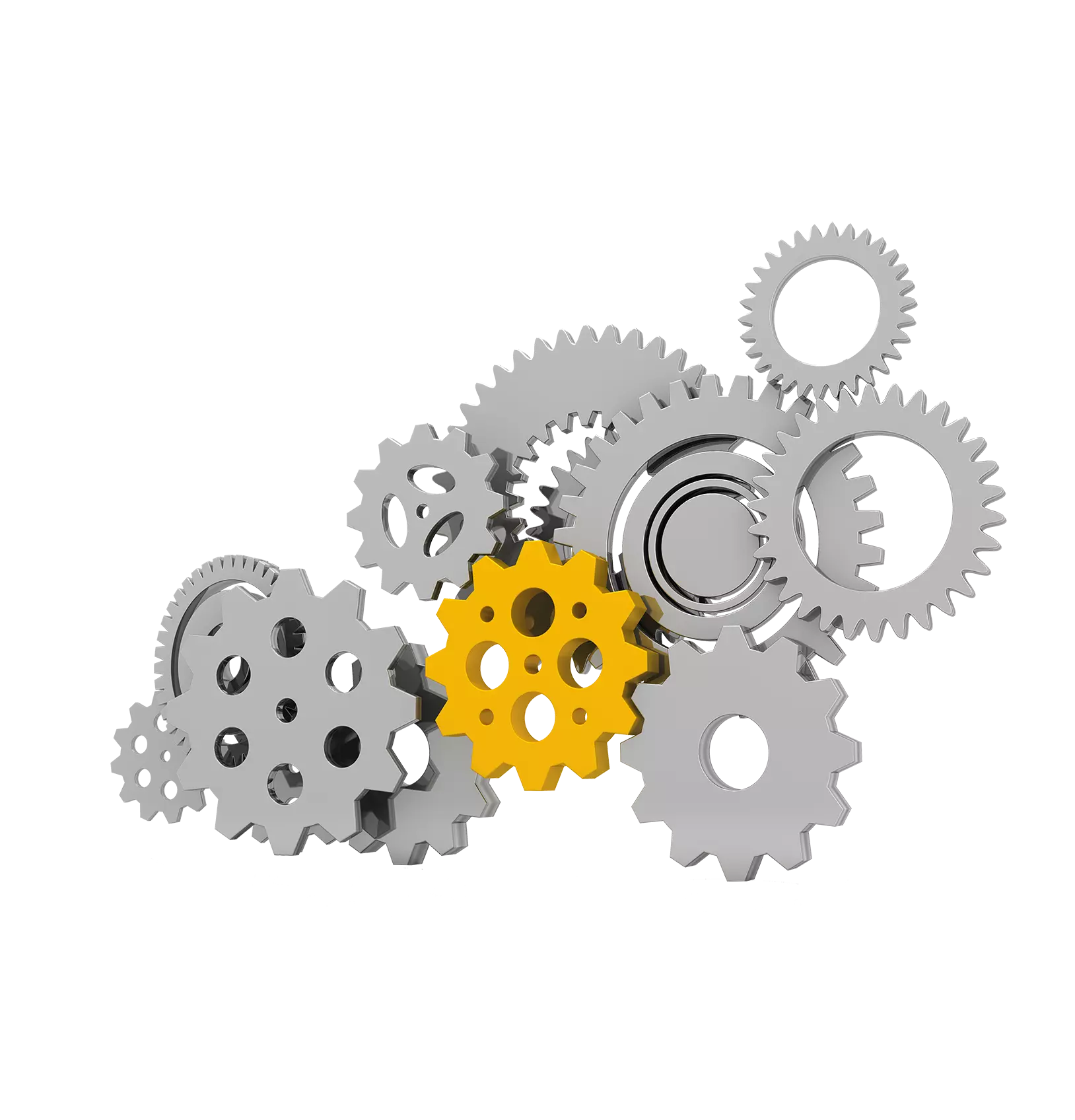4 Strategies to Offset Rising Running Costs in the Food and Beverage Industry
4 Strategies to Offset Rising Running Costs in the Food and Beverage Industry
4 Strategies to Offset Rising Running Costs in the Food and Beverage Industry
18 May 2022
 John McCurdy | Senior Content Writer, Marketing
John McCurdy | Senior Content Writer, Marketing
The food and beverage industry has undergone several sweeping changes in just the past few years, including significant shifts in consumer preferences, implementation of more stringent regulations and disruptions resulting from the COVID-19 pandemic. The new development that’s got everyone’s attention right now is rising input costs, and for good reason.
The UN’s Food and Agriculture Organization recently released figures that paint this picture with great clarity. Take, for instance, that wheat prices are at their highest level since 2012, and sugar quotations are up more than 40% annually. The index for vegetable oils is at an all-time high (in part exacerbated by international turmoil and resultant sunflower oil shortage).
This trend is leading many food and beverage manufacturers to put part of the burden on consumers. According to a survey by Mazars of 60 mostly C-suite executives, 78% of companies have passed at least some of their inflation costs on to consumers. In the U.S., the Labor Department has reported that the consumer price index—which measures the cost of goods and services like food—has risen 7.9% in the last year.
Prices for food at home have escalated even more, with an 8.6% jump in the past 12 months, the greatest increase since April 1981. Clearly, this isn’t a sustainable pattern if brands want to keep their customers happy—loyalty only goes so far when the numbers keeping climbing and groceries become a larger and larger portion of every household’s expenses.
For that reason, food and beverage businesses like yours must look for other ways to save money and offset rising running costs in order to remain profitable and protect margins. Here, we’re going to look at four sound strategies for offsetting the skyrocketing prices of supplies and how an industry-specific enterprise resource planning (ERP) solution can tie them all together.
1. Process Automation
Staffing costs will always represent a significant portion of your spending, and to a large extent, it’s a price you’re happy to pay—you know that your workers are your most important asset, and it’s necessary to compensate them fairly for their efforts. In order to get the most out of the people you have, though, it’s a smart idea to automate as many of the simple, routine tasks involved in your operations so that your employees can attend to more critical responsibilities.
Handheld barcode and QR code scanners are a great asset on this front, as they can speed up the information collection process while also heading off any human errors that would occur, including typos or missed details. An ERP system can integrate with these devices to update your database in real time, and at the same time connect with smart sensors and imaging technology to take care of quality assurance procedures.
Food ERP platforms can also automate your shift, production and sanitation scheduling, relieving your personnel from the difficult matter of balancing different demands in tight time windows. That lets them concentrate on proactive planning and continuous improvement, both of which should lead to savings down the road.
2. Advanced Analytics
Much has been said about the value of "big data" in today's business world, and it's especially evident in the food and beverage market. Powerful analytics tools can help you crunch the numbers much faster than any individual could, so as long as you have reliable figures, such functions can be a huge boon for companies like yours.
A solid ERP should help you solve both parts of this equation, by providing the analytical functions—complete with visualizations and historical trends—and ensuring accuracy of your information with the automation methods mentioned above. This gives your staff actionable insights for swift and confident decision-making and an in-depth understanding of both what’s working and what’s not so that they can intervene and rectify issues as they arise.
For an even deeper level of shop-floor intelligence, there are also overall equipment effectiveness (OEE) solutions that many businesses chose to pair with an ERP. These systems really let you maximize the efficiency of your processes, which is vital if you’re looking to make sure that waste—of materials, as well as time—is kept to a minimum.
of food and beverage businesses have passed at least some of their inflation costs on to consumers
3. Contract Manufacturing and Packaging
Contracting—or outsourcing—of services has been on the rise in the food and beverage industry. Organizations of all sizes have been turning to this tactic in part out of necessity, as demand for food and beverage products at retail remains high and production capacities are limited, but also because it can be an effective cost-reduction strategy.
But how, exactly, does paying another business to make or package your items save you money? Because many contractors are set up to pivot quickly between product lines and their facilities are dedicated entirely to the services they offer, they can oftentimes accomplish more at a lower cost than traditional enterprises.
Consider also the scenario of a small business that doesn’t even have its own production equipment—they can avoid spending money on machinery and a full manufacturing setup by contracting out that aspect of operations. Same goes for any company that doesn’t have the physical space for packaging or any other resource-intensive procedure.
4. Cloud Implementations
We’ve talked a lot about the role that a food ERP solution can play in helping to mitigate rising costs, but you’ve likely realized that these systems have their own price tag and may be wondering whether an outlay of cash for the technology would only put you under further financial stress. After all, installing physical on-premise servers and implementing an entirely new organization-wide platform doesn’t sound like a particularly small undertaking.
Luckily, there’s a lightweight and flexible approach to getting the right software in place, and that’s deploying via the cloud on a software as a service (SaaS) model. We’re proud to provide this as an option for our award-winning offering, Aptean Food & Beverage ERP, and recommend that for businesses looking to maximize accessibility while keeping a healthy bottom line.
There are additional advantages to enjoy by taking this route, too—with our dedicated IT teams and redundant servers offering complete support, lock-tight security and uptime of 99.9% or better, you’ll know that you always have access to the mission-critical tools and data you need.
Leveraging Aptean’s Expertise for Better Results
If you’re looking for additional ways to save, Aptean’s dedicated professionals can show you how a comprehensive, holistic digital transformation can help you reach your goals while keeping additional expenses to a minimum. We have extensive knowledge of food and beverage industry best practices that will help you maximize your return on material investments and streamline processes for leaner operations.
We also know that the world never stops turning, and engaging in a wide-scale change initiative like the implementation of an ERP system can be an involved process. That’s why we’re a proactive partner from the beginning of your rollout to conclusion, learning the ins and outs of your unique organization and guiding deployment with in-depth knowledge of best practices.
What’s more, you’ll be happy to hear that our food ERP is built on the framework of Microsoft Dynamics 365 Business Central, so it has a user-friendly interface and sense of familiarity for anyone who has used a Microsoft application. That means you can hit the ground running and start seeing results right away—and the savings will accumulate quickly as your employees learn to utilize additional features and functions.
If you’d like to learn more about how Aptean Food & Beverage ERP can help your company overcome the challenge of rising running costs, contact us today. We’re also happy to schedule a personalized demo of the software for you.
Dealing with Disruptions in the Food and Beverage Industry
Disruptions are increasingly common in the food and beverage industry. Learn how ERP technology can help you tackle these challenges.



